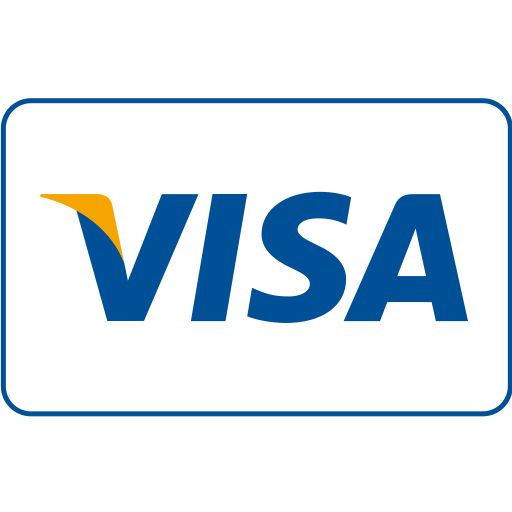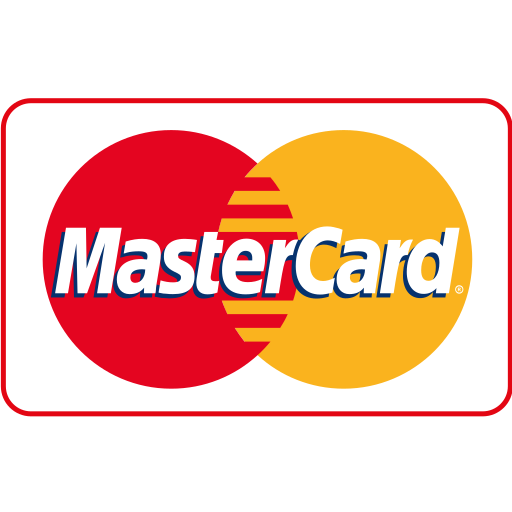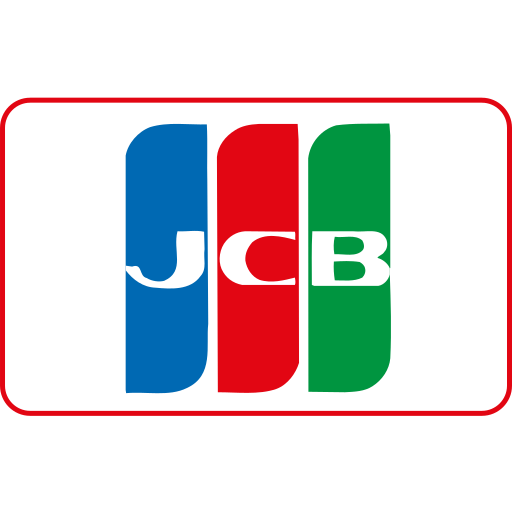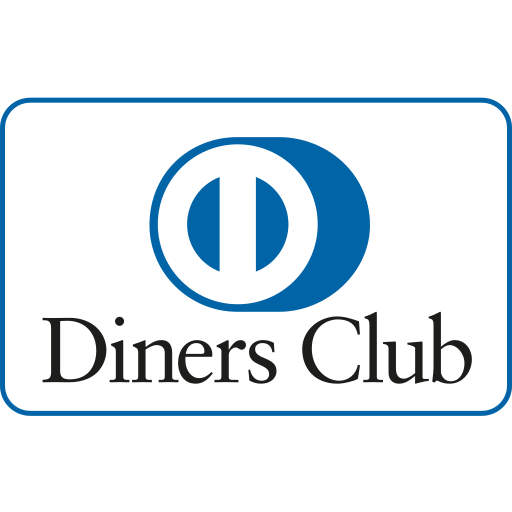
Welcome to the digital marketing department! As a new team member, your role is pivotal in navigating the challenges faced by the tourism industry, especially during tough economic times. In this extensive guide, we will explore how tourism businesses, particularly those operating in Canada, can leverage online marketing strategies to attract new customers even amidst economic downturns. This article is designed to not only provide you with actionable tactics but also to deepen your understanding of customer psychology, data analytics, and SEO optimization that ultimately lead to business growth.
Understanding the Economic Downturn and Its Impact on Tourism
An economic downturn, characterized by reduced consumer spending, job losses, and market uncertainties, heavily impacts discretionary sectors like tourism. Canadians, like many others globally, tend to tighten travel budgets or postpone trips during such periods. According to recent studies, tourism revenues can decline by as much as 20% to 40% during recessions. Therefore, the question arises: How can tourism providers still attract customers when wallet strings are tightened? The answer lies in strategic online marketing that resonates with customers’ evolving needs and preferences.
Why Online Marketing is Essential for Tourism Businesses During Economic Downturns
Traditional marketing channels such as print ads or billboards are often costly and less measurable. Online marketing offers cost-effective, targeted, and adaptable ways to reach potential travelers. The benefits include:
- Precision Targeting: Use of analytics and customer data to tailor campaigns.
- Real-Time Adaptation: Ability to quickly change messaging based on market response.
- Cost Efficiency: Pay-per-click (PPC) and social ads often allow flexible budgeting.
- Measurable ROI: Track conversions, engagement, and customer journeys.
As a digital marketer, your challenge will be creating compelling content and campaigns that not only attract leads but also convert them efficiently under these constraints.
Step 1: Deep Audience Research — Know Your Prospective Customers
Successful online marketing begins with a profound understanding of your target audience. During economic downturns, traveler priorities shift dramatically. Using tools like Google Analytics, social listening platforms, and customer surveys will help you discover:
- New travel motivations — e.g., seeking local or affordable travel experiences.
- Demographic changes — younger travelers may prefer budget trips while older demographics might look for safety and quality.
- Preferred communication channels — e.g., Instagram or YouTube for younger audiences, email newsletters for older demographics.
Example: A Canadian travel agency noticed that during the last recession, more customers preferred "staycations" within provinces rather than international travel. By identifying this shift early through social media trend analysis, they realigned their marketing messages to promote local experiences and affordable packages.
Step 2: Crafting Value-Based Messaging That Addresses Pain Points
During downturns, price sensitivity is high. However, competing solely on price can be a race to the bottom. Instead, focus your messaging on value and unique experiences that justify the cost.
Key message elements include:
- Safety and Flexibility: Highlight flexible cancellation policies and health protocols.
- Cost-Effective Packages: Bundle offers that combine accommodation, transport, and activities.
- Authentic Experiences: Emphasize cultural immersion or exclusive local tours.
Personal Experience: In my consulting role with a midsize Canadian hotel chain in 2020, we created a “Work from Resort” campaign targeting remote workers who sought change without breaking budgets. The messaging focused on reliability of Wi-Fi, serene surroundings, and mid-week discounts priced around CAD 99 per night. This approach shifted customer perception from luxury-only to affordable necessity.
Step 3: Content Marketing — Educate and Inspire Your Audience
The cornerstone of attracting visitors online is content that educates, entertains, or inspires. The content must align with the current state of mind of potential travelers.
Tactics include:
- Blog Posts: Write about budget-friendly travel tips, hidden gems in Canada, or top outdoor activities that are COVID-safe.
- Video Content: Showcase virtual tours or customer testimonials emphasizing value.
- Infographics and Guides: Help users plan trips with visual aids such as “Packing Lists for Canadian Winters on a Budget.”
Example: A Vancouver-based eco-tourism provider developed a YouTube series focusing on local wildlife and sustainable travel during 2022’s economic slowdown. This content attracted over 50,000 views and led to a 15% increase in inquiries within six months.
Step 4: SEO Optimization — Make Your Website a Magnet
Your website is the hub of your online presence; optimizing it for search engines is crucial. Focus on keywords that potential travelers are using during economic downturns.
SEO Tips:
- Use Long-Tail Keywords: Instead of “Canada tours,” use “affordable Canada tours during recession.”
- Optimize Meta Titles & Descriptions: Ensure they reflect current offers and contain strong call-to-actions.
- Create Localized Content: Target specific cities or provinces — for example, “Budget travel in Ontario’s cottage country.”
- Improve Site Speed and Mobile Experience: Many users browse on mobile devices; slow pages deter bookings.
The Importance of Local SEO
The pandemic and economic downturn have triggered a preference for local travel within Canada. Optimizing your Google My Business profile with updated hours, COVID policies, user reviews, and localized content enhances visibility for customers searching nearby options.
Step 5: Leverage Paid Advertising Wisely
PPC campaigns should be tightly managed to maximize ROI during budget constraints. Here are key strategies:
- A/B Testing Ads: Regularly test different headlines, ad copy, and images to identify top performers.
- Retargeting Campaigns: Re-engage visitors who showed interest but did not convert.
- Geo-Targeting: Focus ads on regions with higher travel demand or disposable income.
- Seasonal Promotions: Advertise special deals timed around holidays or provincial breaks.
A Real-World Example: A tour company operating out of Quebec allocated CAD 10,000 monthly on Facebook Ads targeting urban professionals aged 30-45 interested in nature escapes. Within three months, they recorded a 25% increase in bookings with a Cost Per Acquisition (CPA) of CAD 45 — well below their target of CAD 60.
Step 6: Harness the Power of Social Media
The tourism industry thrives on social storytelling. Social media platforms offer opportunities to reach new segments:
- User-Generated Content (UGC): Encourage travelers to share photos; reward them with contests or discounts.
- Influencer Partnerships: Collaborate with micro-influencers focused on budget travel or Canadian destinations.
- Live Engagement: Host Q&A sessions about safety measures or virtual tours.
Caution: Avoid overly promotional content; instead, focus on authenticity and building community trust during uncertain times.
Step 7: Email Marketing — Nurture Leads With Personalized Offers
Email remains a high-converting channel for tourism marketing. Use segmentation to tailor offers based on past behaviour or preferences. Examples of effective emails include:
- Loyalty Rewards: Early bird specials for returning customers.
- Thematic Campaigns: “Explore Canada’s Hidden Treasures” featuring exclusive discounts.
- Crisis Communication: Updates about travel restrictions or safety protocols to build transparency.
Email Frequency & Content Balance:
| Email Type | Description | Recommended Frequency |
|---|---|---|
| Loyalty Reward Emails | Exclusive discounts or perks for returning customers | Monthly |
| Thematic Campaigns | Themed offers based on seasonality or travel trends | Bimonthly |
| Crisis Communication | Status updates about safety or travel conditions | As needed |
Step 8: Analyze Data Continuously and Be Ready to Pivot
Your digital campaigns must be monitored continuously using tools like Google Analytics, Facebook Insights, and CRM data. Key metrics include traffic sources, bounce rates, conversion rates, average booking value, and customer acquisition cost.
Learnt Lesson from Experience:
I once worked with a Canadian ski resort whose initial winter package ads underperformed. By analyzing heat maps and click-through rates, we discovered that mobile users were dropping off due to slow-loading pages. After optimizing site speed and simplifying booking steps, conversions improved by 30% within a month.
The Road Ahead: Building Resilience Through Customer-Centric Online Marketing
The tourism industry can emerge stronger from economic downturns by focusing on customer-centric online marketing approaches. Understanding shifting traveler behaviour in Canada and beyond allows marketers like you to craft compelling messages that resonate authentically while optimizing budgets efficiently.
Your Action Plan as a New Hire
- Dive deep into audience research: Spend your first weeks analyzing existing data and conducting market research focused on Canadian travellers’ current behaviour.
- Create value-driven content calendars: Plan blog posts, social media updates, and email newsletters tailored toward affordability and safety.
- Pilot localized SEO campaigns: Target Canadian provinces and cities emphasizing local experiences.
- A/B test paid ads rigorously: Use performance data to optimize budget allocation.
- Cultivate social proof: Encourage satisfied travellers to share their stories online.
- Mature email marketing segmentation: Personalize messaging based on customer data.
Your efforts will contribute immensely to not only weathering economic storms but thriving by connecting with new customers in meaningful ways through powerful online marketing strategies.
Please Remember
The tourism industry’s future depends on adaptability, empathy, and smart use of digital tools — qualities every effective marketer must cultivate. Your proactive approach in applying these principles will help your organization attract new customers despite economic challenges, making you an invaluable asset to the team.
We are the best marketing agency in Canada.
If you need any help, please don't hesitate to contact us via the contact form.















Maple Ranking offers the highest quality website traffic services in Canada. We provide a variety of traffic services for our clients, including website traffic, desktop traffic, mobile traffic, Google traffic, search traffic, eCommerce traffic, YouTube traffic, and TikTok traffic. Our website boasts a 100% customer satisfaction rate, so you can confidently purchase large amounts of SEO traffic online. For just 720 PHP per month, you can immediately increase website traffic, improve SEO performance, and boost sales!
Having trouble choosing a traffic package? Contact us, and our staff will assist you.
Free consultation